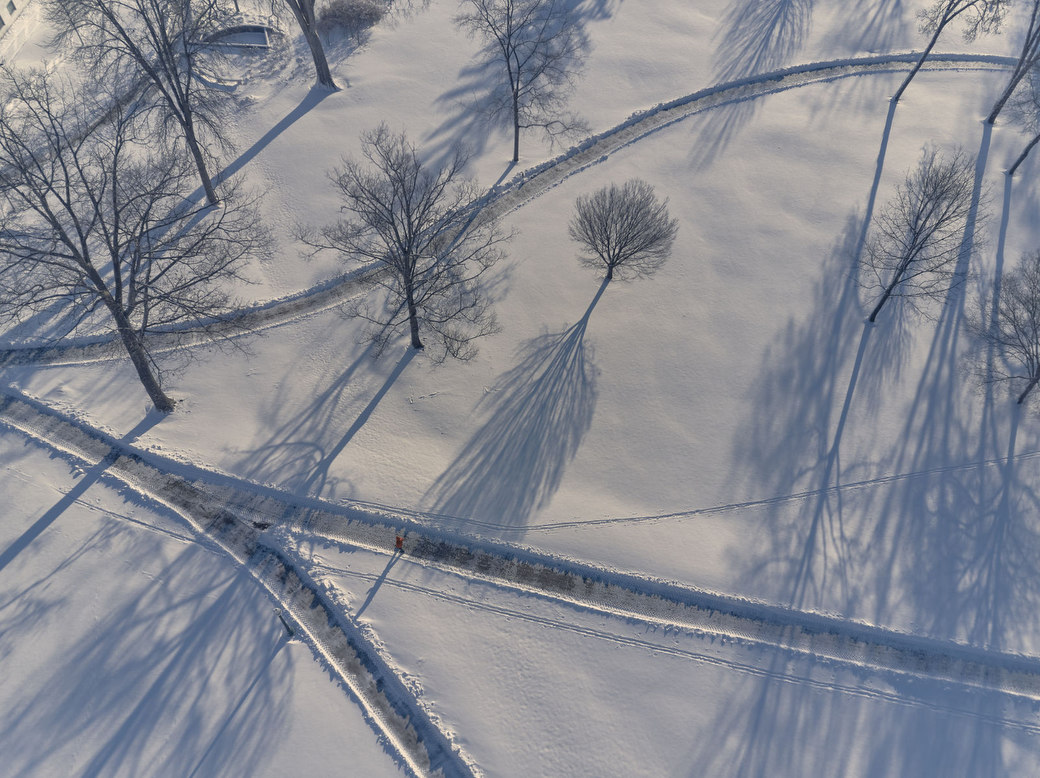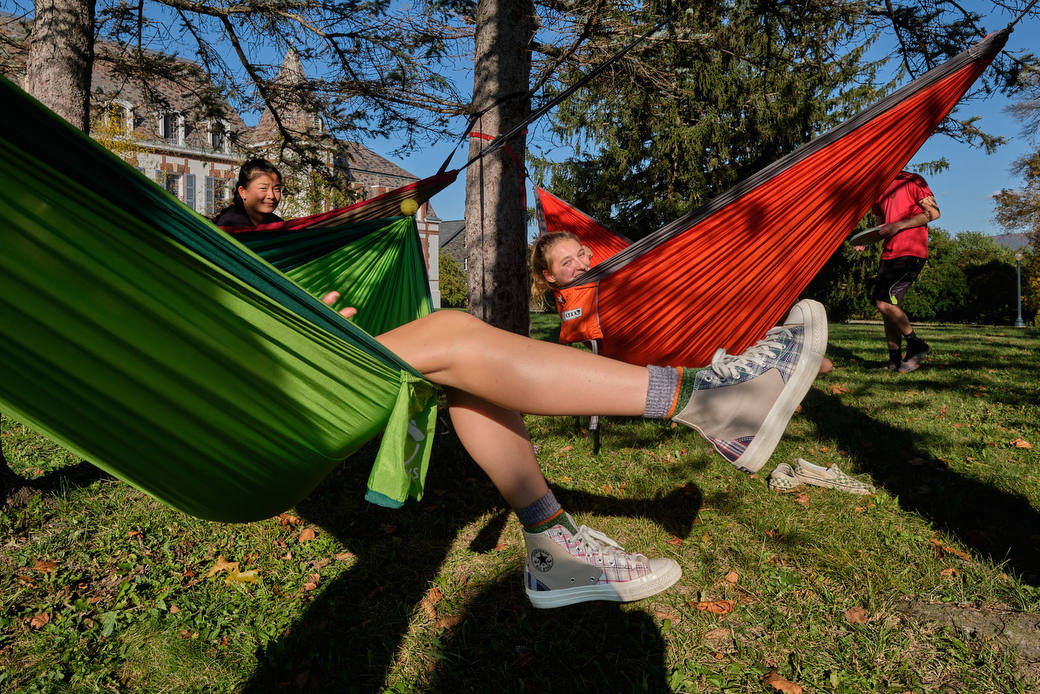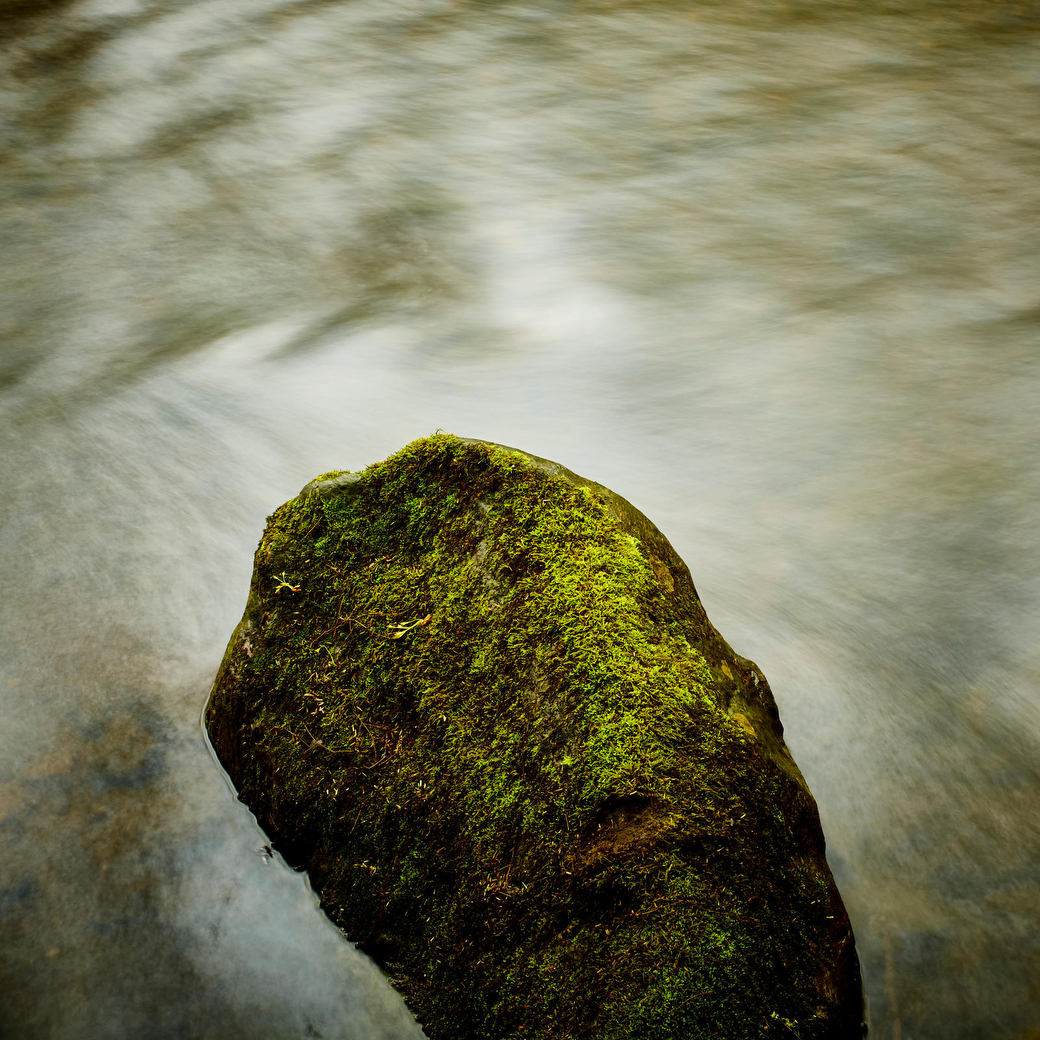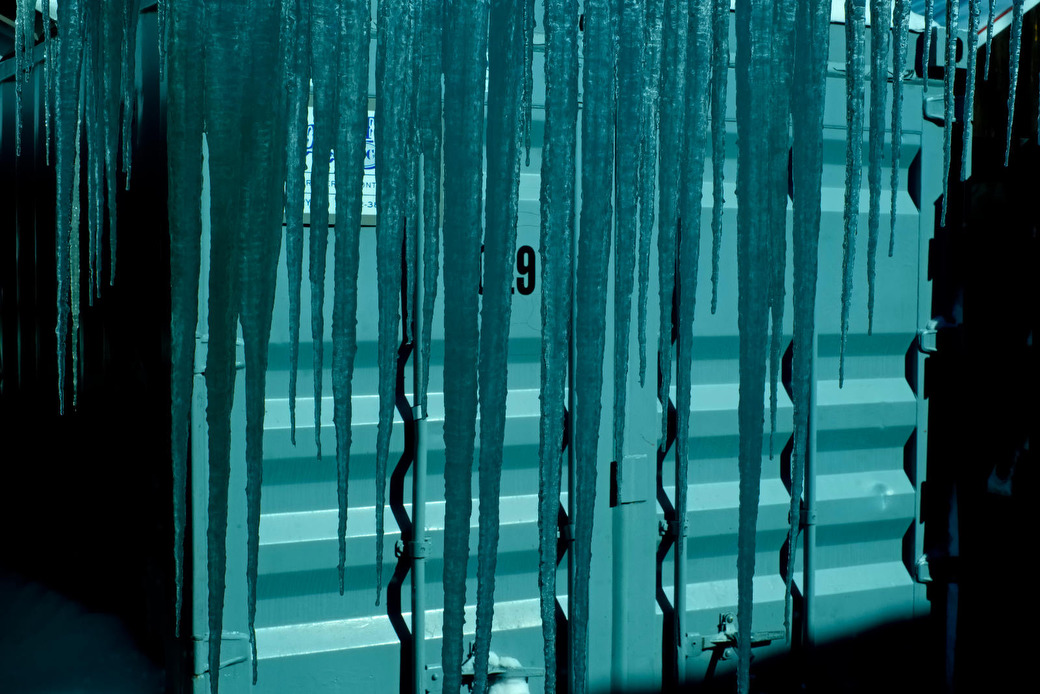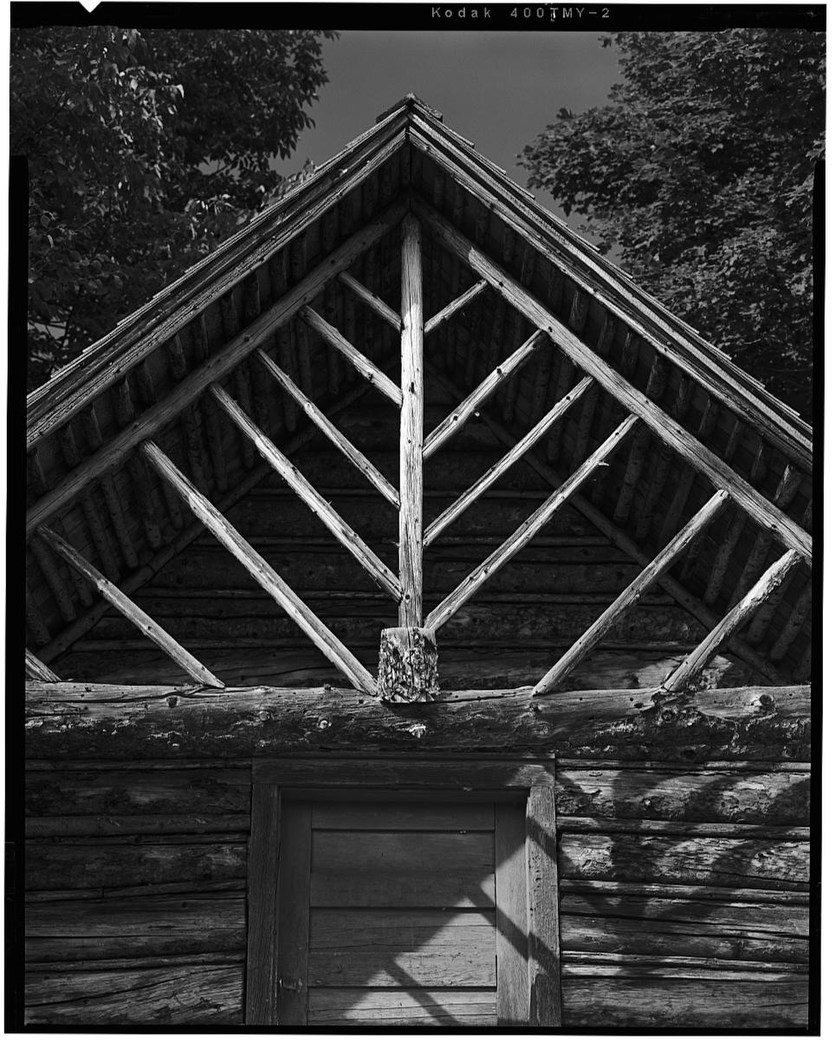Looking vs. Seeing
"Always carry a camera," was the stock advice for new photographers before smartphones put a camera always within our reach. These days the more apt advice should say, "Always be seeing."
Photography can be a reactive exercise: we
look at something that catches our attention and we record it to review later. If we never return to those images to think about what made them important to us, we're just
looking and not
seeing. There's a difference between the two. It's not just semantics.
Looking is a reflexive act. We scan a scene and our brain catalogs and labels the items within it. These labels are then filled in with the symbols we've accumulated over a lifetime. We look at icicles and think "long and pointy"...shipping containers are flat, gray boxes.
These days the more apt advice should say, "Always be seeing."
Seeing is a deeper dive into a scene where we consider the space, shapes, colors, and patterns that comprise it. How do they all work together and form relationships? How does this gestalt make us feel? When seeing, we strip away our biases and assumptions to examine the details that form a photograph. The icicles are now translucent and take on a variety of shapes, some longer or shorter. The flat gray shipping container is covered in regular folds that create interesting shadows. The reflected sky light appears unbelievably blue.
Those that have visited the Middlebury College Snow Bowl and have availed themselves of the men's restroom should recognize the view depicted in this photograph. When I ski I usually have a compact camera on a neckstrap and tucked inside my jacket to keep the battery warm. Before walking out of the restroom I was arrested by this view through the window above the wash basins. I found the monochromatic patterns of the icicles against the corrugated steel of the shipping container mesmerizing.
And yes, I washed my hands before making this photograph.


